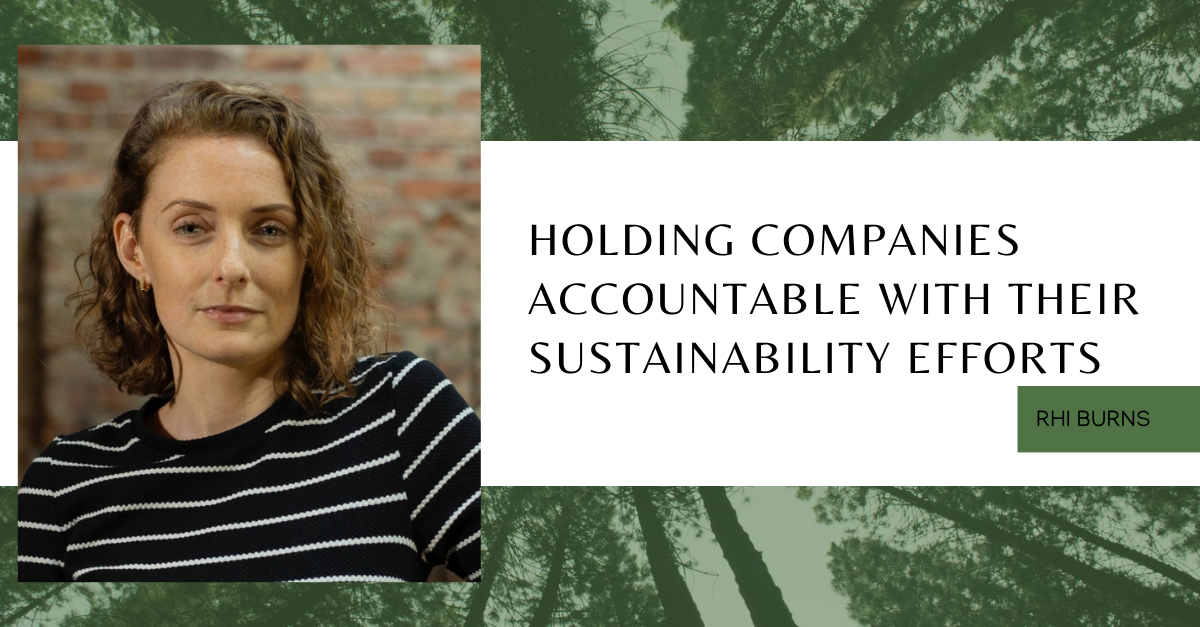Introduction
Climate change has become one of the most pressing challenges of our time, with far-reaching implications for the environment, economy, and human rights. In response to the urgent need for action, there has been a growing trend of climate litigation aimed at holding corporations and governments accountable for their role in contributing to climate change and failing to adequately address its impacts. This article explores the legal aspects of climate litigation, including the types of cases being brought, the legal theories and arguments involved, and the potential implications for corporate accountability and government action.
Types of Climate Litigation
Climate litigation encompasses a wide range of legal actions aimed at addressing various aspects of climate change. Some common types of climate litigation include:
- Public Nuisance Lawsuits: These lawsuits typically target fossil fuel companies and other entities for their role in emitting greenhouse gases and contributing to climate change. Plaintiffs argue that these emissions constitute a public nuisance and seek damages or injunctive relief to mitigate the harms caused by climate change.
- Tort Actions: Tort actions involve claims of negligence, strict liability, or other tort theories against corporations or governments for their failure to take adequate measures to prevent or mitigate climate-related harms. These cases may involve property damage, loss of livelihoods, or other harms resulting from extreme weather events, sea-level rise, or other climate impacts.
Legal Theories and Arguments
Climate litigation relies on a variety of legal theories and arguments to establish liability and seek remedies for climate-related harms. Some common legal arguments include:
- Duty of Care: Plaintiffs may argue that corporations and governments owe a duty of care to the public to take reasonable steps to prevent or mitigate the foreseeable risks of climate change. This duty may be based on principles of negligence, public trust doctrine, or international human rights law.
- Constitutional Claims: In some cases, plaintiffs may bring constitutional claims alleging that government actions or inactions violate constitutional rights, such as the right to a clean and healthy environment or the right to life and security.
Implications for Corporate Accountability and Government Action
Climate litigation has the potential to drive significant changes in corporate behavior and government policy by imposing legal obligations, financial liabilities, and reputational risks on defendants. Successful climate litigation can result in court-ordered remedies, such as emissions reductions, adaptation measures, or compensation for damages. Additionally, climate litigation can raise public awareness, mobilize grassroots movements, and pressure policymakers to take more ambitious action on climate change.
Conclusion
Climate litigation is a critical tool for holding corporations and governments accountable for their contributions to climate change and their failure to adequately address its impacts. By bringing legal challenges against those responsible for climate-related harms, climate litigation seeks to promote environmental justice, protect vulnerable communities, and catalyze systemic change towards a more sustainable and resilient future.
FAQs (Frequently Asked Questions)
1. Who can bring climate litigation cases?
Climate litigation cases can be brought by a variety of plaintiffs, including individuals, communities, non-profit organizations, and government entities. Anyone who has been harmed or is at risk of harm due to climate change may have standing to bring a climate litigation case.
2. What are the potential barriers to bringing a successful climate litigation case?
Some potential barriers to bringing a successful climate litigation case include the complexity of proving causation between defendants’ actions and climate-related harms, the lack of specific legal frameworks for addressing climate change, and the influence of powerful industry interests on the legal system. Additionally, climate litigation cases may face challenges related to jurisdictional issues, procedural requirements, and the availability of legal resources.
